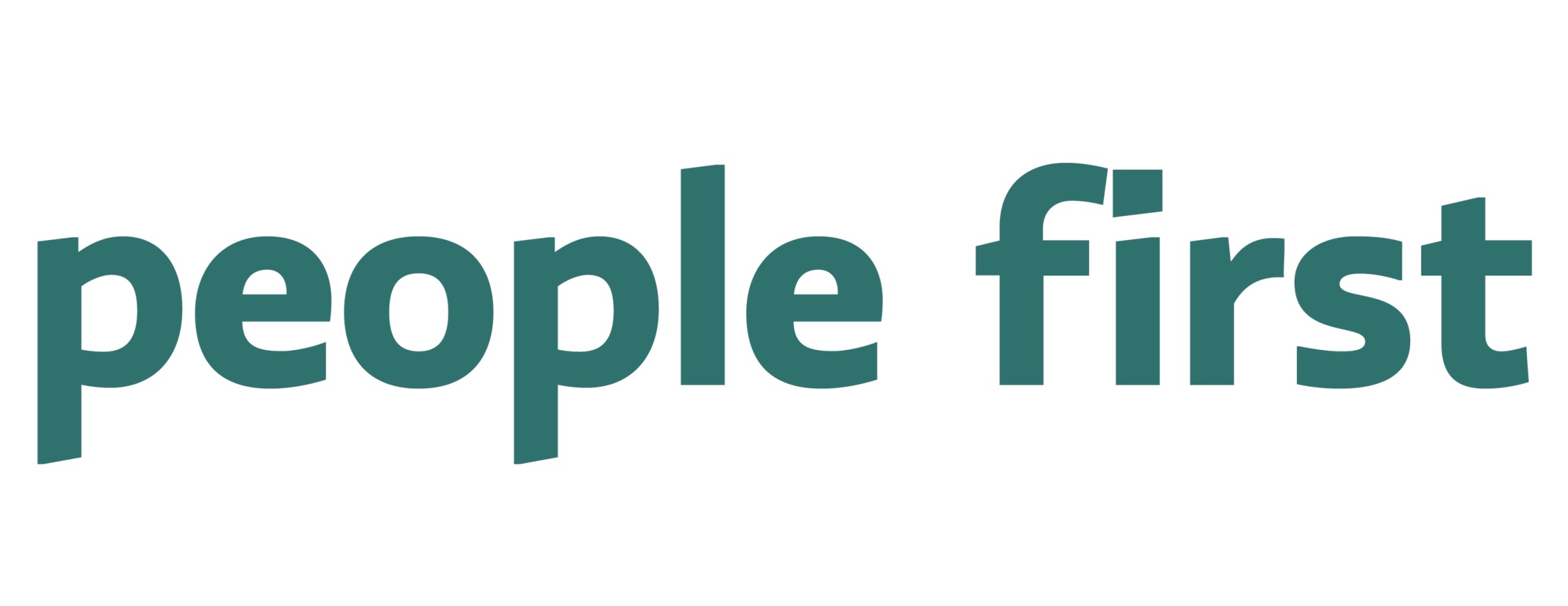"Ok Boomer" - Not Ok in the Workplace
By 2025, companies are projected to have over 5 generations of employees working together
The recent popularity of the “OK Boomer” meme - launched by Gen Z-ers and Millennials towards older people who they believe “just don’t get it “- highlights the strong generational differences playing out in society today. The movement has been most popular on social media and in politics with young entrepreneurs even going as far as creating and selling merchandise with the popular meme. Once such language crosses over from social media to the workplace, however, an employer could be held liable for age-based discrimination. While the phrase itself is not considered harassment, it has been cited in court cases as supporting evidence of age discrimination. If you’re an organization with a broad employee age range, we have some specific suggestions on how you can avoid age discrimination and create an inclusive workplace for all.
Review the law around age-based discrimination
At People First, we think about changing demographics in the US labor market a lot. The percentage of Baby Boomers who expect to retire after the age of 65 has steadily increased, presenting employers with an increased supply of qualified workers. This more experienced labor pool also presents additional compliance requirements in hiring, promotion and restructuring activities. HR should be aware of the requirements of the Age Discrimination in Employment Act of 1967 regarding hiring and other employment practices. State laws can present additional requirements as well, some of which go beyond the ADEA. Several large US companies have recently settled age discrimination lawsuits. Additionally, PwC recently agreed to a proposed class and collective action settlement where the Complainant alleged that “PwC has engaged in systemic discrimination against older applicants for accounting positions.” The complaint describes that “PwC primarily hires entry-level accountants through campus recruiting, does not post entry-level accountant positions on its website, and provides no ready mechanism for individuals no longer affiliated with a college to apply for these positions.”
Given these lawsuits, it is essential for MR to ensure that your employment practices, especially during the recruitment process do not discriminate against persons 40 years of age or older.
Employ inclusive communication styles
Different generations have broad (but not monolithic) communications styles. Some members of your team might prefer to communicate in-person or by phone with longer conversations; others might prefer to handle the same topic by instant messaging. When setting or evaluating communication norms for a group, consider how inclusive each method will be given the demographics. Also consider the best medium to communicate your message to your intended recipient, and the benefits that could bring to the organizational dynamic.
Create a safe communication channel for discussing age-related workplace misconduct
A multigenerational workforce can offer an employer significant benefits in terms of experience, expertise and collective problem-solving. Phrases such as “OK boomer” can be alienating and divisive, preventing your teams from working at peak potential. A pattern of such language can also raise concerns of age-related discrimination. That’s why it is important for organizations to have:
A separate and transparent reporting process
A clearly internal workflow for how incidents will be managed and by whom
A recommitment to resolve workplace misconduct satisfactorily for all involved
With so much potential for each generation to learn from the others, it's imperative that organizations create an inclusive workplace for all employees, regardless of age.

